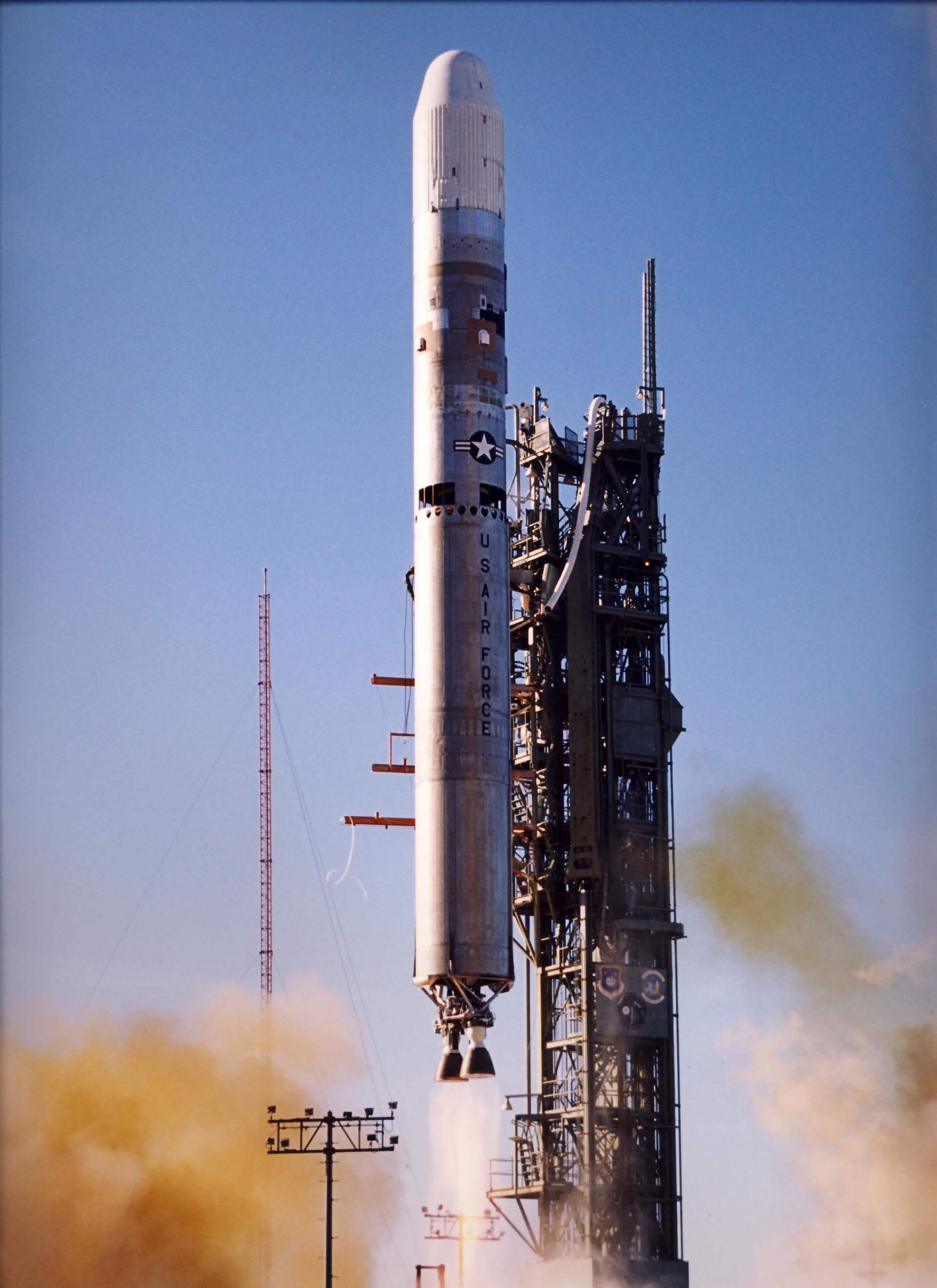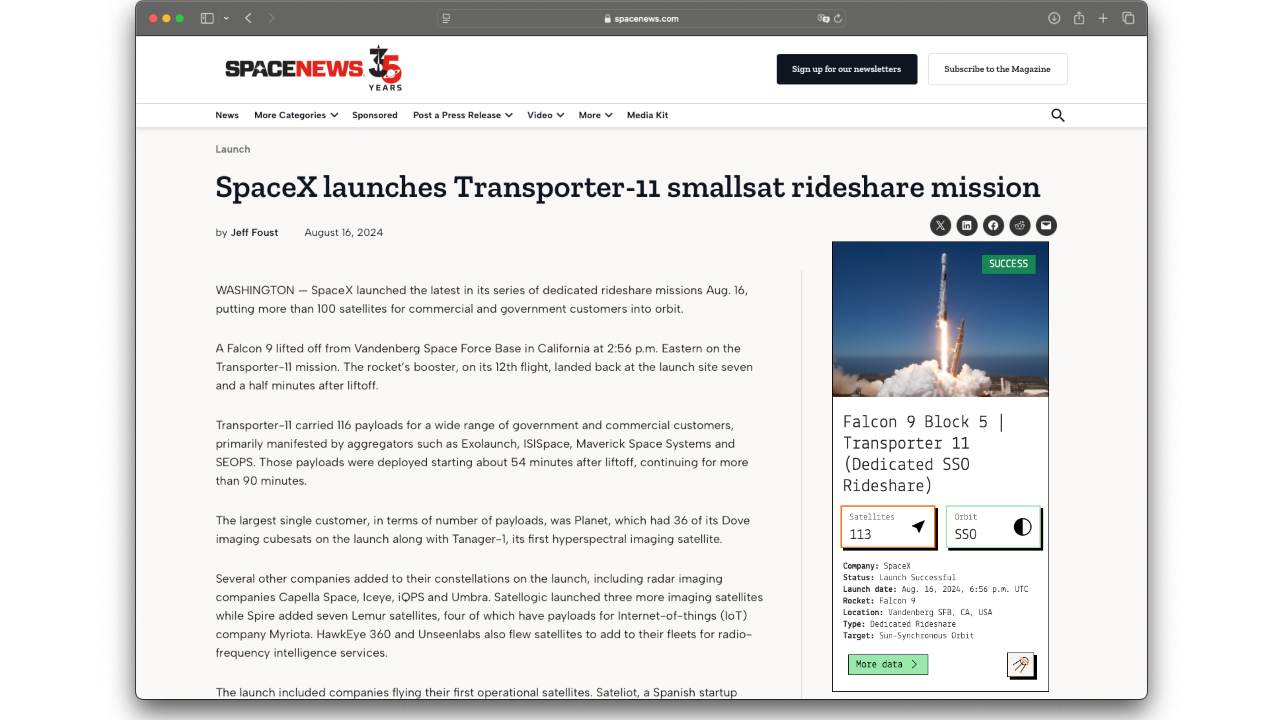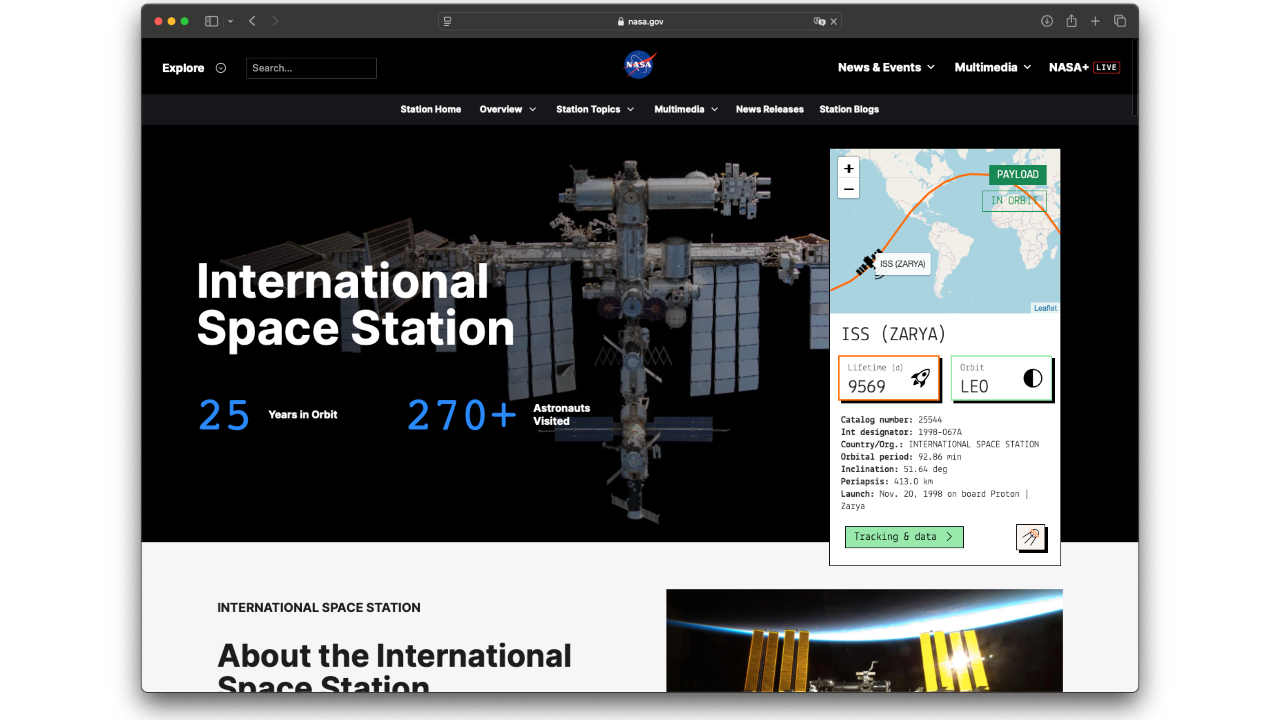Key statistics
Satellite NOAA 17 DEB at a glance.
Uptime
8573
Days in orbit
Revolutions
≈ 14.8
Per day
Orbit
SSO
Sun Synchronous Orbit
Inclination
98.7
Latest
Satellite identification and parameters
Extended collection of information and parameters for NOAA 17 DEB.
Object identification
Identified? True
Debris? True
Object name: NOAA 17 DEB
International designator: 2002-032DA
Object number (NORAD): 48765
Object ID (CCSDS): 48765
Country: UNITED STATES OF AMERICA (US)
Current information (Y/N): Y
RCS size: SMALL
Orbital parameters
Period: 97.391 minutes
Inclination: 98.7026 deg
SMA: 7011.983 km
Apoapsis: 641.543 km
Periapsis: 626.153 km
RAAN: 353.3624 deg
Eccentricy: 0.0010974
Argument of periapsis: 169.1481 deg
Mean anomaly: 190.9966 deg
Mean motion: 14.78568581 rev/day
Mean motion (dot): 0.00032025 rev/day2
B* drag term: 0.0043636 1/REarth
Two-line elements (TLE)
Creation date: Dec. 12, 2025, 7:16 a.m.
Reference frame: TEME
Reference center: EARTH
Epoch: Dec. 11, 2025, 11:54 p.m. UTC
TLE line 0: 0 NOAA 17 DEB
TLE line 1: 1 48765U 02032DA 25345.99597826 .00032025 00000-0 43636-2 0 9997
TLE line 2: 2 48765 98.7026 353.3624 0010974 169.1481 190.9966 14.78568581245892
Live tracking on map
Real-time ground track for satellite NOAA 17 DEB.
In-orbit conjunctions
A list of the most updated potential collisions computed for object NOAA 17 DEB.
Associated space launch
NOAA M carried weather imagers and microwave and infrared sounders, as well as a SARSAT search-and-rescue package. It had an on-orbit mass of 1475 kg.
NOAA 17 DEB was lifted into orbit during the mission ‘Titan II SLV | NOAA 17’, on board a Titan II SLV space rocket.
The launch took place on June 24, 2002, 6:23 p.m. from Space Launch Complex 4W.
For more information about the launch, click the button.

Titan II SLV | NOAA 17
Agency: N/A
Status: Launch Successful
Launch date: June 24, 2002, 6:23 p.m. UTC
Rocket: Titan II SLV
Launch pad: Space Launch Complex 4W
Location: Vandenberg SFB, CA, USA
...
Latest news about this satellite
There are no fresh news available about this satellite. Check back as we update our databases every day.
Newsletter sign-up
Weekly statistics, charts and insights to help you stay on top of the space industry.




